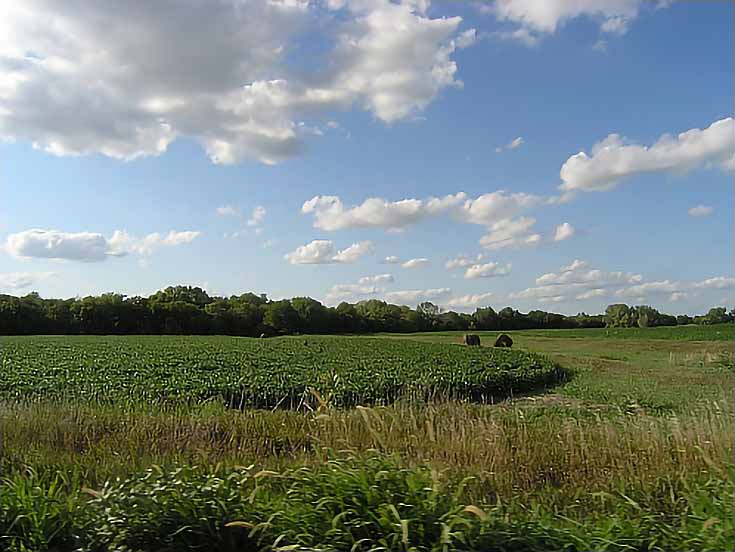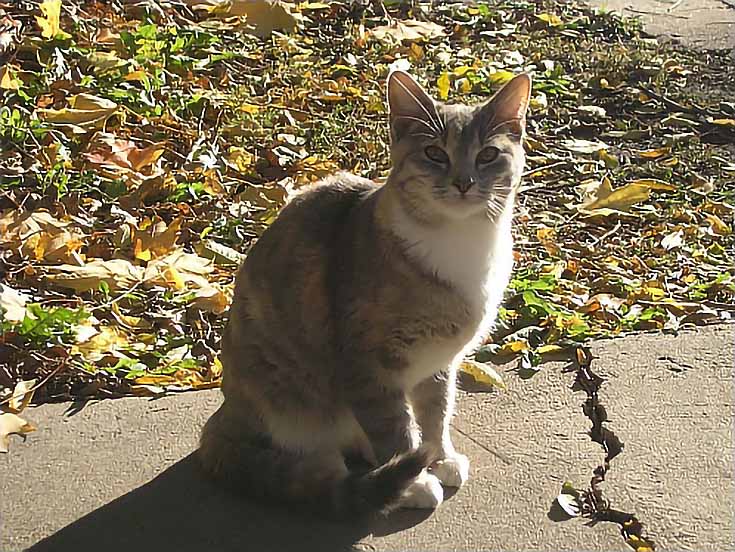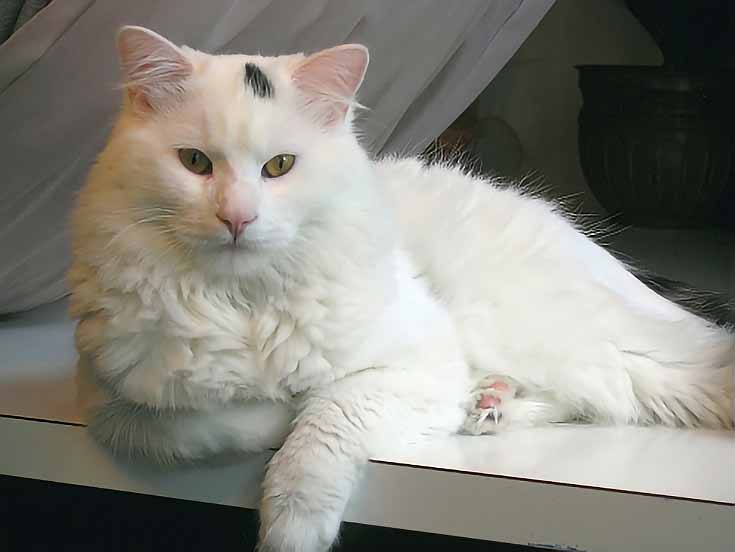Last week, I shared a few of my favorite reference photo resources for artists. While that list is nowhere near extensive, I included enough paid and free websites to get you started if you’re looking for good reference photos online.
But, if you’re the type of person that likes to take your own reference photos, this is the article for you. Perhaps you want complete creative control start to finish—or maybe you just don’t want to worry about copyright issues.
Whatever the reason, if you’re planning on taking your own reference photos, the following tips will help insure you get the best results possible:
Start with a DSLR camera or smartphone
Today, anyone with a smartphone can take quality pictures of pretty much anything, anytime. So if you have a good smartphone, you you really can get by without any other photographic equipment.
That being said, a good DSLR camera is preferred—for the simple reason that almost good camera will be able to produce sharper, clearer images than almost any smartphone. If you’re creating realistic (or hyper-realistic) art, you need all the details you can get.
Cameras are not out-of-this-world expensive, either. In many cases, you can get a high-quality, versatile DSLR for the price of a good smart phone. So if you’re serious about your art and about taking your own reference photos, maybe take a pass on buying the next smart phone upgrade and buy a camera instead!
Learn to to use your camera or smartphone
It’s well worth your time to learn the photographic functions of your camera. Yes, most of them have point-and-shoot capabilities, but if that’s all you know you’ll miss some excellent shots. If nothing else, read the user’s manual.
With a new camera, you might also want to learn from experts. The best website I know of to help you learn how to use your camera is Digital Photography School.
In fact, if you’re in the market for a camera, check them out before buying. Their writers will be able to tell you which cameras are best for taking the type of photographs you’re interested in (along with where you can get the best deals).
5 tips for taking better reference photos
How you should take photos depends a great deal on what you’re photographing.
Snapping photos of an interior still life is very different than photographing wildlife. Taking pictures of stampeding buffalo requires different settings than taking pictures of a sleeping calf. But there are a few things to remember that are pretty much universal when it comes to taking great pictures.
1. Check your light source – a strong light source is the most important factor in any photo. If you do most of your photography outside, you already have a strong light source (the sun).
Even on a cloudy day, the sun will provide all the light you need for most photography. Position yourself so the sunlight comes from either your right or left, so there are clear contrasts in light and dark:
If you’re doing interiors, it’s best to use just one primary light source to provide strong light and shadow on your subject.
Setting up a weaker light source from a different direction can provide “reflected” light and help keep shadows from getting too dark. You can also make use of reflectors to redirect light into the shadows or make use of white or light-colored walls to create reflected light.
Just be aware that any colored surface other than white will influence the color of the reflected light on your objects.
2. Think about positioning – don’t place your subject so the primary light source is directly behind them unless that’s the exact effect you want to capture. Also, you may not want to position the light source directly behind you, to avoid squinting faces (or your own shadow) on the subject.
The following cat photos show how much difference the direction of the light can make:
The first cat, above, is mostly backlit, so that you’d be rendering his body almost entirely in shadow. You also lose some of the details and dimensionality in his face.
With the photo below, however, you can see more of the details and colors in his fur, and the dimensionality of his facce and body is more defined.
3. Avoid busy backgrounds – the simpler the background, the better, unless you’re looking for complex designs.
You may not be able to do anything about this if you’re shooting on location, since whatever’s in the landscape will be in the landscape no matter what you do. Just remember that you can always take a few steps to your right or left to minimize the distractions of an outdoor background and to keep the focus on your subject.
As an example, the fencing in the photo below was impossible to do anything about, but I was able to change the composition of the photo by paying attention to how the horses were standing in relationship to the background and to one another.
When setting up a subject such as a still life, of course, you have a bit more control. You can make use of blank walls or use a backdrop of some type to simplify the background.
In the photo below, the sheer that’s draped behind this cat covers a multitude of things, including house plants and a file cabinet:
4. Include either color or values (ideally both) – if you’re photographing a white egg in a white cup on a white table and against a white wall, you’ll need to make sure there’s a range of values in your photograph, since there’s no color. Or, you can always compensate by putting the egg in a colored eggcup, putting a towel under it, or adding color is some other way.
If you’re photographing something with lots of color already, value can be more difficult to see. That’s why a strong light source is so important. The image above shows how you can photograph a white subject surrounded by white and still get a pleasing range of values (it’s REALLY all about the light source).
Also be cognizant of colors that clash—and watch those patterns! Plaids and stripes don’t mix well in a wardrobe; they won’t work any better in a reference photo!
5. Lastly, take a lot of pictures – you may need to shoot dozens or even hundreds of images to get exactly the right one, no matter how careful you are in setting up an arrangement. This is especially true of you’re taking pictures of animals.
I can’t count how many pictures I’ve taken of animals that would have been perfect had the eyes been open. . . or the ears pointed the right direction. Or that tongue not been showing. :)
The bottom line is that no matter what you photograph or how careful you are in preparing, you really can’t take too many pictures—the more you take, the better your selection of good reference photos will be.
This post may contain affiliate links.






